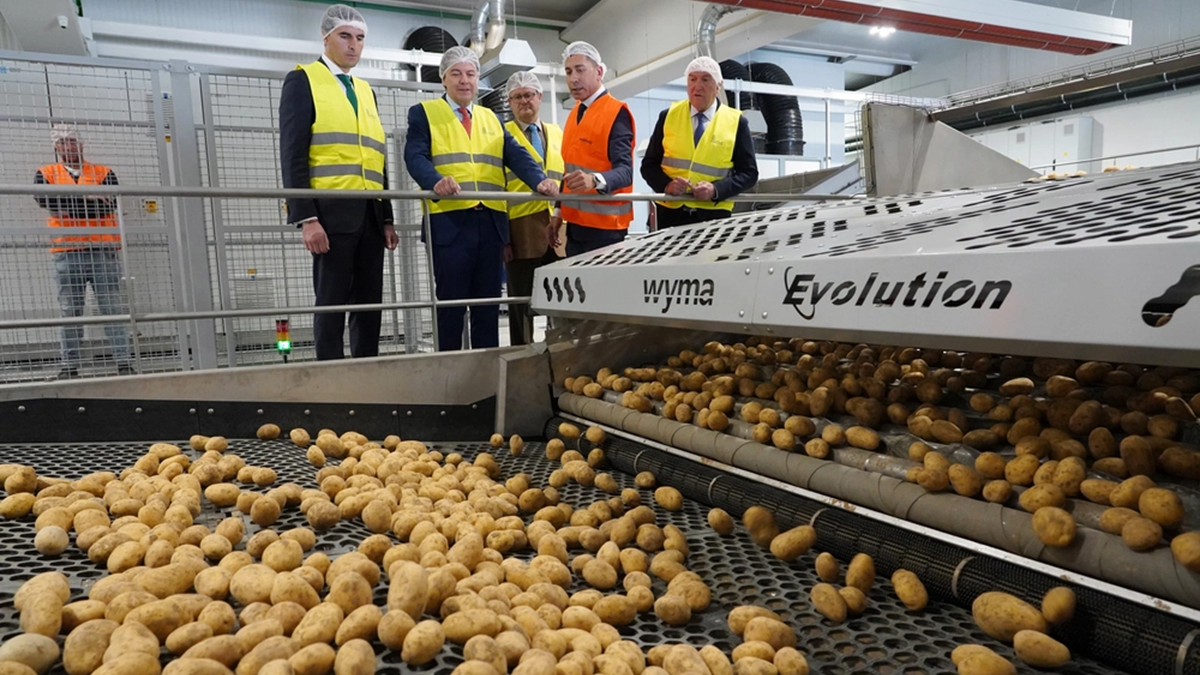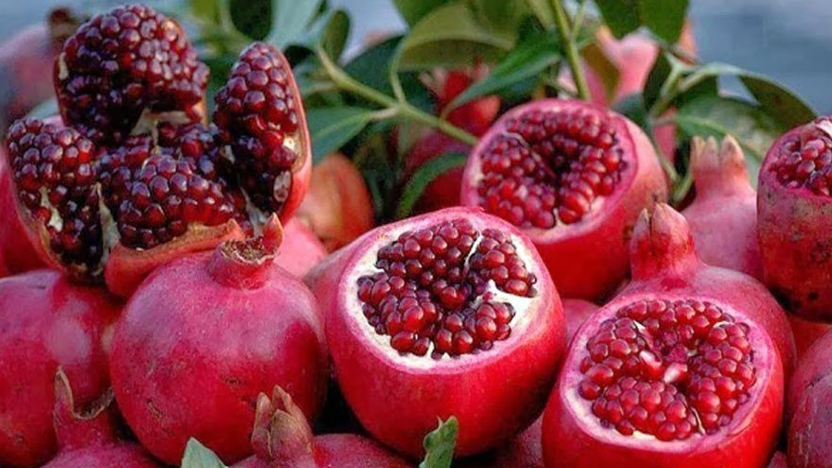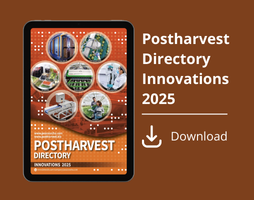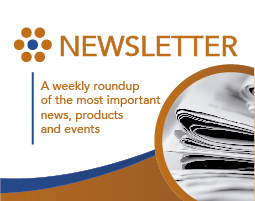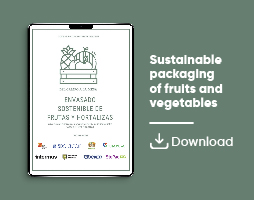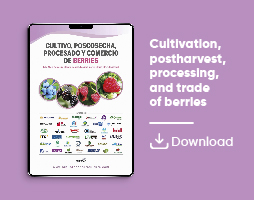Actualidad
Review about technologies to keep banana quality
M.I.Elsayed paper considers all the factors affecting banana quality, available postharvest technologies, and future persepective, focusing the last specialy on nanotechnology
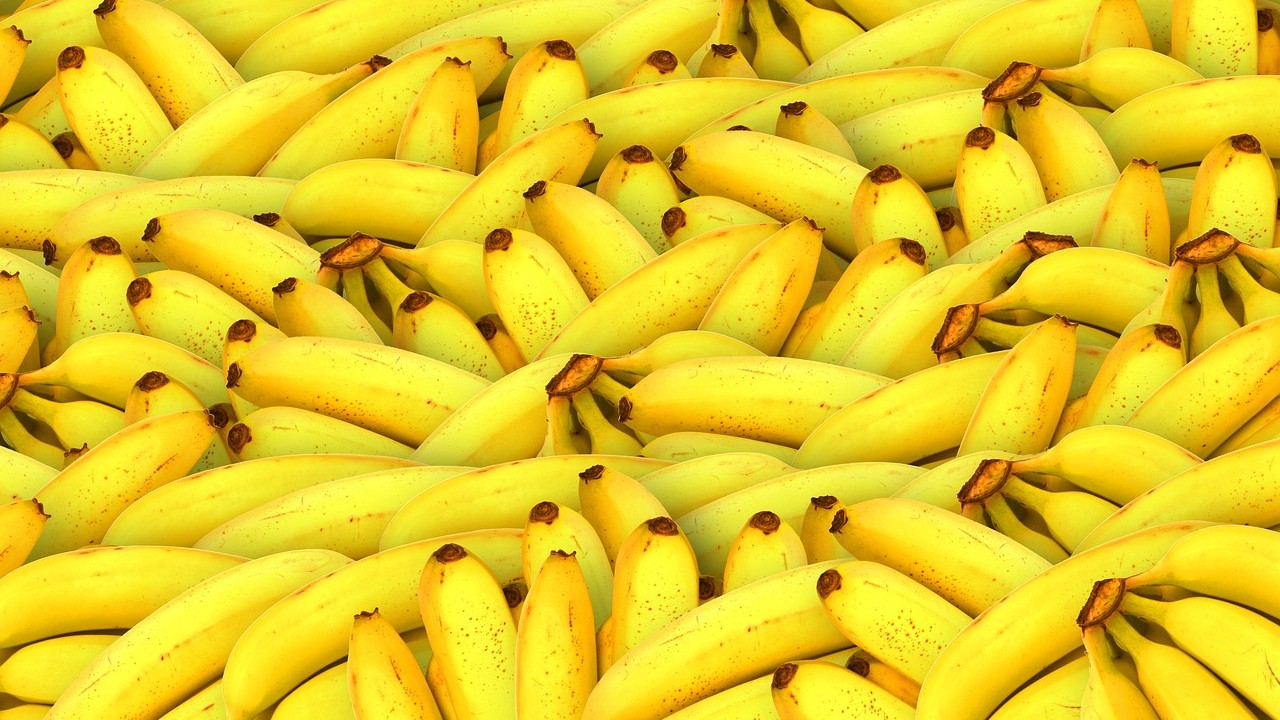
Redaccion
Banana (Musa spp.) is a main economic crop. Several pre and postharvest factors are controlling fruit quality. Oweing to its climacteric nature numerous biological and metabolic changes occur rapidly within fruits and accelerate their ripening and senescence.
These changes cause considerable postharvest losses that reduce supply chain efficiency. There is always a pressing and persistent necessity to minimize these losses and develop the current postharvest technologies.
Nanoparticle technology has shown promising potential in fruit postharvest including banana. Further research is needed to provide more comprehensive knowledge of these promising materials.
Introduction
Banana (Musa spp.) is a main export commodity on a global scale. Commercial plantations are essential for supplying approximately 15% of global production. It is a vital income source and a staple food in numerous African, Asian, Latin American, and Pacific nations (Panigrahi et al., 2021).
Bananas span over one hundred two million hectares in humid tropical and subtropical climates. The annual production exceeds 115 million tons.
The current banana consumption rates in China, Russia the USA, and Europe are estimated at 13 kg per capita annually, which is one of the highest levels worldwide. This consumption is expected to multiply during the few upcoming years (Food & Nations, 2020).
Bananas are widely consumed fruit since they are an affordable source of carbohydrates, and various vitamins including A, B, and C.
In addition, fruit contains prominent levels of numerous essential nutrients such as iron, calcium and especially potassium. Banana is a climacteric fruit that suffers from high postharvest losses ranging from 20% to 50%.
Several causes such as mechanical injuries, inappropriate ripening processes, unsuitable storage conditions, and postharvest pathogens are responsible for these huge losses (Adeniyi et al., 2014).
Future perspective
Nanotechnology presents significant potential for the advanced preservation of fresh fruits and vegetables.
This multidisciplinary field combines elements of chemistry, biotechnology, and industrial processing technologies, focusing on nanomaterials that possess at least one dimension within the nanoscale range of 1 to 100 nanometers, regardless of their state gaseous, liquid, or solid.
Nanomaterials, characterized by their small size and unique structural features, demonstrate distinct physical properties, such as those pertaining to light, electrical conductivity, thermal characteristics, and magnetism, when compared to conventional materials (Duncan & Science, 2011).
With respect to food applications, nanomaterials exhibit notable antibacterial and self-cleaning capabilities, along with superior barriers and mechanical properties.
The amalgamation of nanomaterials with established preservation methods can successfully mitigate the deficiencies inherent in traditional preservation technologies (Shan et al., 2023).
The investigation by (Tirgaret al., 2018) suggests that the implementation of nano-packaging membranes containing potassium permanganate (PPM) within alumina nanoparticles (ANP) is effective in preserving the visual quality of bananas for seven days. In comparison, the control bananas experienced significant dark-brown discoloration on their peel surfaces.
In addition, it has been confirmed that these novel membranes not only effectively increased the shelf life of bananas but also served as a self-sustaining system, thereby differentiating them from standard commercial offerings that include beads in pouches.
A novel-nano packaging technology has been developed by the same scientist to function as an ethylene absorption system, which effectively converts ethylene into CO2, thereby reducing the respiratory rate of bananas during storage.
Banana cv. Grand Nain’ treated with chitosan nanoparticles (CSNP) showed higher quality through mitigating chilling injury symptoms (CI) at cold and ripening temperatures (Elbagoury et al., 2022).
Currently, there is a lack of comprehensive resources regarding the progress and implementation of nanotechnology in the context of postharvest fresh fruits and vegetables. More in-depth research is needed to understand more about these promising materials.
The previous text are the Abstract, and the sections Introduction and Future perspective of the paper by Mohamed Ibrahim Elsayed; the complete paper is available in the Source (below).
Contents
1. Introduction
2. Banana quality limitations
3. Preharvest quality limitations
3.1. Genetic factors
3.2. Optimum temperaturas
3.3. Water stress (drought or excess moisture)
3.4. Plants density
3.5. Nutrient deficiencies
3.6. Harvesting time
4. Post-harvest quality limitations
4.1. Post-harvest physiology changes
4.2. Respiration climacteric rise
4.3. Fruit transpiration rate
4.4. Ethylene rise
5. Physical changes
5.1. Peel color changes
5.2. Fruit softening
6. Biochemical changes
6.1. Carbohydrates
6.2. Enzyme activity
6.3. Astringency
6.4. Organic acids
6.5. Antioxidants and volátiles
6.6. Chilling injury
6.7. Post-harvest microbiology
6.8. Anthracnose
6.9. Crown rot
6.10. Cigar-end rot
6.11. Current postharvest technologies for bananas
6.12. Precooling
6.13. Artificial ripening technology
6.14. Ethylene gas
6.15. Acetylene
6.16. Ethephon
6.17. Other ripening agents
6.18. Edible coating
6.19. Irradiation
6.20. Post-harvest dipping solutions
6.21. Ethylene scavengers and inhibitors
7. Diseases control
7.1. Chemical treatments
7.2. Fungicidal coating
7.3. Storage
7.4. Optimal temperature range
7.5. Mitigation of chilling injury (CI)
7.6. Optimal range of relative humidity (RH)
7.7. Gas modification
7.8. Controlled atmosphere storage (CAS)
7.9. Modified atmospheric packaging (MAP)
7.10. Packaging
7.11. Transportation
7.12. Future perspective
8. Conclusion
Sources
Elsayed, Mohamed Ibrahim (2025) "Banana Postharvest Quality: Current Technologies and Future Perspectives"
Journal of King Abdulaziz University: Meteorology, Environment and Arid Land Agriculture: Vol. 1: Iss. 1, Article 6.
DOI: https://doi.org/10.64064/1319-1039.1004
Picture, Pixabay
Related news
